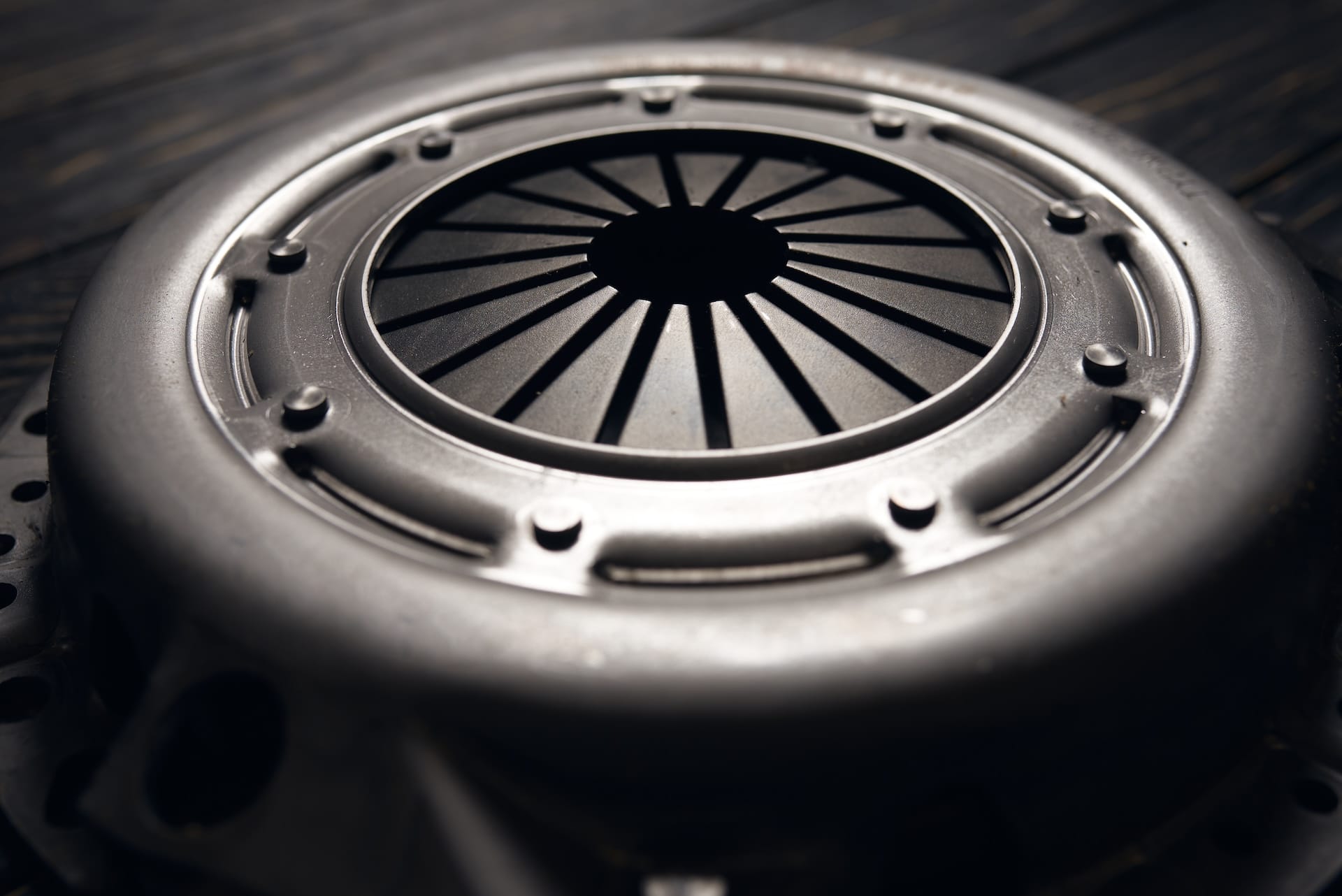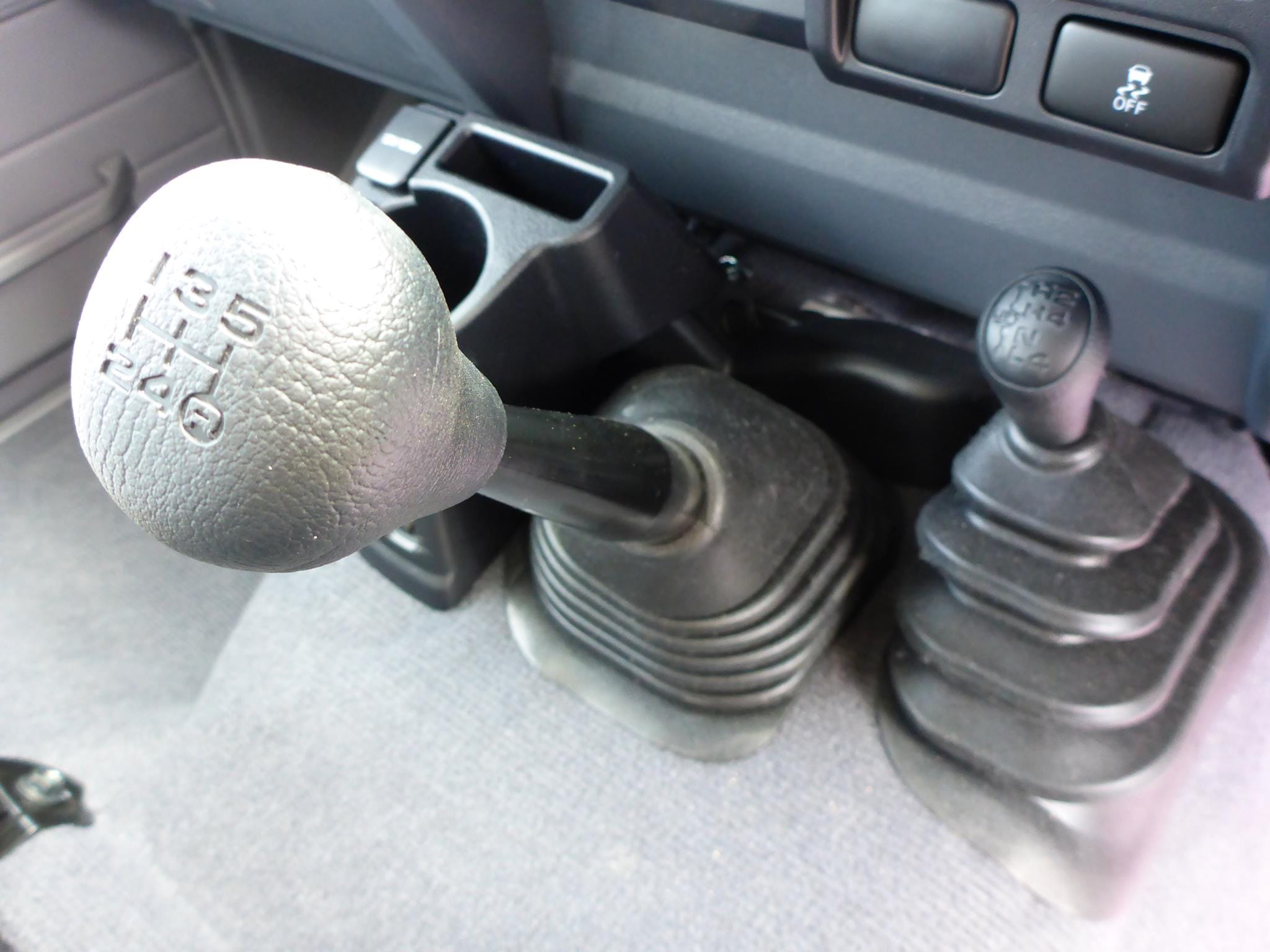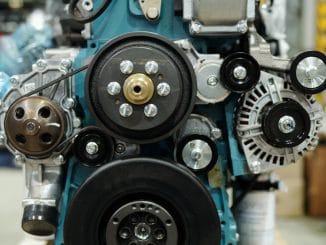The transmission and clutch are among the most critical components in a manual or automatic vehicle, responsible for transferring power from the engine to the wheels.

Proper maintenance and driving habits can significantly extend their lifespan, preventing costly repairs and ensuring smooth performance. Whether you’re using a standard clutch kit or an automatic transmission system, understanding how to care for these parts will help keep your vehicle running efficiently for years. In this guide, we’ll explore key strategies to prolong the life of your transmission and clutch.
Understanding the Role of the Transmission and Clutch
Before diving into maintenance tips, it’s essential to understand how these components function:
- Clutch (Manual Transmission): The clutch connects and disconnects the engine from the transmission, allowing smooth gear changes. It consists of a clutch disc, pressure plate, and release bearing, all of which wear over time.
- Transmission (Manual or Automatic): The transmission adjusts gear ratios to optimize engine power and fuel efficiency. Manual transmissions rely on driver input for shifting, while automatics use hydraulic systems and electronic controls.
Both systems require proper care to avoid premature wear and failure.
1. Follow Proper Shifting Techniques
For Manual Transmissions:
- Avoid Riding the Clutch: Resting your foot on the clutch pedal, even lightly, can cause unnecessary wear on the clutch disc and pressure plate.
- Shift Smoothly: Quick, jerky shifts can strain the clutch and transmission. Instead, engage gears gently and release the clutch pedal smoothly.
- Don’t “Slip” the Clutch Excessively: While some slipping is necessary when starting from a stop, excessive slipping (e.g., revving the engine while partially engaging the clutch) generates heat and accelerates wear.
- Use the Clutch Fully: Always depress the clutch pedal completely before shifting to prevent grinding gears.
For Automatic Transmissions:
- Come to a Complete Stop Before Shifting: Avoid switching between Drive and Reverse while the vehicle is still moving, as this strains the transmission.
- Use Overdrive Wisely: Overdrive improves fuel efficiency on highways but should be turned off when towing or climbing steep hills to reduce strain.
2. Perform Regular Fluid Checks and Changes
Transmission fluid lubricates moving parts, cools the system, and helps maintain hydraulic pressure. Dirty or low fluid can lead to overheating and premature wear.
- Manual Transmissions: Check the fluid level every 30,000 miles and replace it as recommended (typically every 50,000–100,000 miles).
- Automatic Transmissions: Follow the manufacturer’s guidelines, usually every 30,000–60,000 miles. Some modern vehicles have “lifetime” fluid, but periodic changes are still beneficial.
- Use the Correct Fluid: Always refer to the owner’s manual for the proper fluid type. Using the wrong fluid can damage seals and internal components.
3. Avoid Overloading and Towing Beyond Capacity
Excessive weight forces the transmission and clutch to work harder, increasing heat and wear.
- Know Your Vehicle’s Limits: Check the owner’s manual for maximum towing and payload capacities.
- Use Lower Gears When Towing or Hauling: In manual transmissions, downshifting reduces strain. In automatics, selecting “Tow/Haul” mode or manually shifting to a lower gear helps.

4. Warm Up the Vehicle in Cold Weather
Cold temperatures thicken transmission fluid, reducing lubrication efficiency.
- Let the Engine Idle: Allow the vehicle to warm up for a few minutes in freezing conditions before driving.
- Drive Gently Until Warm: Avoid aggressive acceleration or high RPMs until the transmission reaches optimal operating temperature.
5. Address Problems Early
Ignoring warning signs can lead to major failures. Look out for:
- Slipping Gears (Manual): If the clutch doesn’t engage properly or RPMs rise without acceleration, the clutch may be worn.
- Delayed or Rough Shifting (Automatic): This could indicate low fluid, a failing solenoid, or internal damage.
- Unusual Noises: Grinding, whining, or clunking sounds may signal bearing or gear issues.
- Burning Smell: Overheated transmission fluid or a burning clutch emits a distinct odor.
If you notice any of these symptoms, have a professional inspect the system immediately.
6. Use Quality Clutch Kits and Transmission Parts
When replacement is necessary, choosing high-quality components ensures durability.
- Opt for OEM or Reputable Aftermarket Brands: Cheap clutch kits or transmission parts may wear out faster.
- Replace All Related Components: When installing new clutch kits, replace the release bearing, pilot bearing, flywheel and pressure plate for optimal performance.
7. Practice Smart Driving Habits
Your driving style has a significant impact on transmission and clutch longevity.
- Avoid “Launching” the Vehicle: Rapid starts with high RPMs put excessive stress on the clutch and drivetrain.
- Use the Parking Brake: When parked, especially on inclines, engage the parking brake to prevent strain on the transmission.
- Don’t Coast in Neutral: In manual transmissions, coasting disengages engine braking, increasing wear on brakes and reducing control.
8. Schedule Regular Professional Inspections
Even with proper maintenance, professional check-ups can catch hidden issues.
- Annual Transmission Service: A mechanic can inspect fluid condition, leaks, and overall system health.
- Clutch Adjustment (Manual): Over time, clutch cables or hydraulic systems may need adjustment to maintain proper pedal feel.
Conclusion
Extending the life of your vehicle’s transmission and clutch requires a combination of proper maintenance, smart driving habits, and timely repairs. By following these guidelines, you can prevent premature wear, avoid costly breakdowns, and enjoy smoother performance for years to come. Whether you drive a manual or automatic, taking proactive steps now will pay off in the long run. If you’re ever unsure about a potential issue, consulting a clutch kits expert is always the best course of action.

